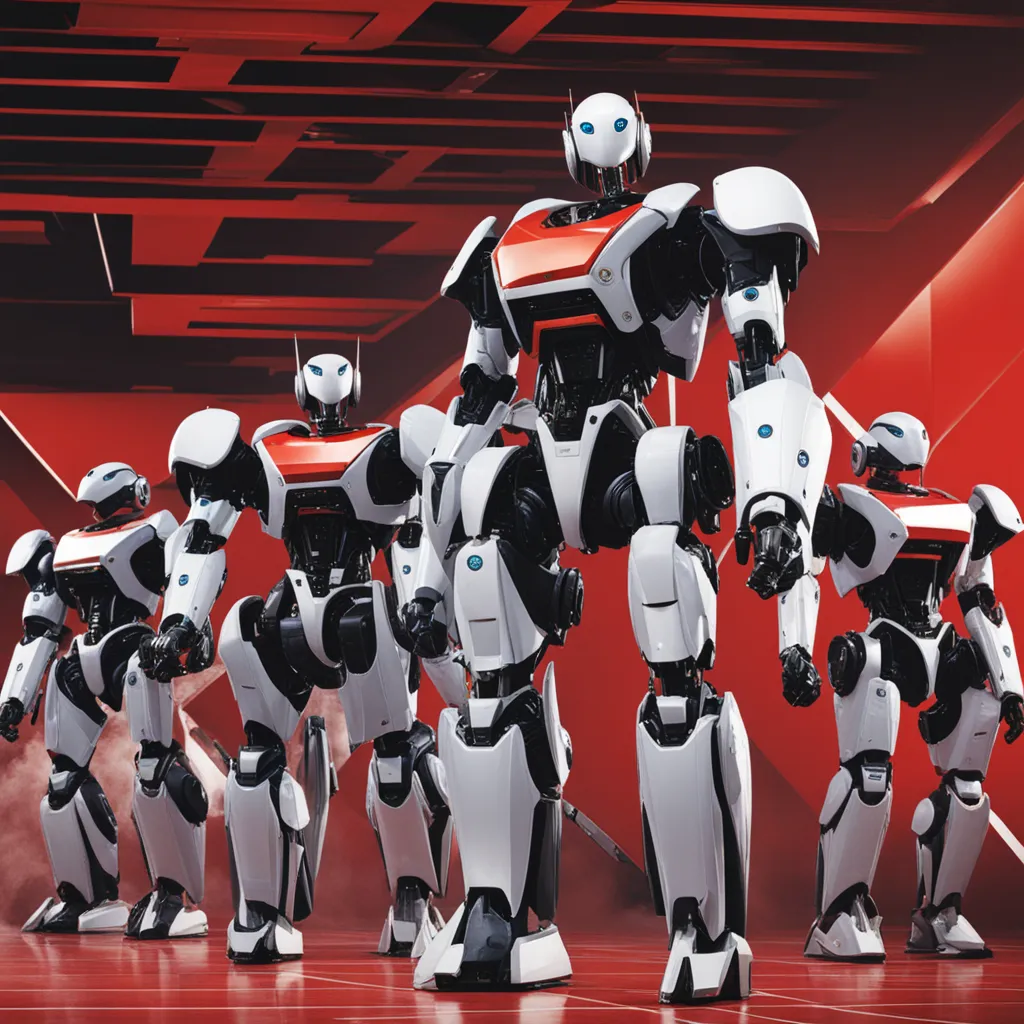Robotic Revolution: How AI and Automation Are Changing Workplaces
The integration of artificial intelligence (AI) and automation into workplaces is ushering in a robotic revolution that promises increased efficiency, enhanced productivity, and significant shifts in the nature of work. As machines become more sophisticated and capable, their role in various industries is expanding, reshaping traditional job landscapes and necessitating a reevaluation of workforce dynamics. This exploration delves into the transformative impact of AI and automation on workplaces.

**1. Automating Repetitive Tasks:
AI and automation excel at performing repetitive and routine tasks with precision and speed. This automation of mundane tasks liberates human workers from monotonous responsibilities, allowing them to focus on more complex, creative, and strategic aspects of their roles. The result is a more dynamic and engaging work environment.
**2. Enhancing Efficiency and Accuracy:
Robotic systems, powered by AI algorithms, contribute to enhanced efficiency and accuracy in various industries. From manufacturing to data analysis, machines can tirelessly process vast amounts of information, reducing the margin of error and optimizing overall operational efficiency. This contributes to cost savings and improved output quality.
**3. AI in Decision-Making Processes:
AI systems are increasingly being integrated into decision-making processes, providing data-driven insights to inform strategic choices. Machine learning algorithms analyze vast datasets, identify patterns, and offer predictions, assisting businesses in making informed decisions. This data-driven decision-making contributes to better resource allocation and overall organizational effectiveness.
**4. Collaboration Between Humans and Robots:
The robotic revolution is not about replacing humans but rather fostering collaboration between humans and machines. Cobots, or collaborative robots, work alongside human workers, combining the strengths of human creativity and adaptability with the precision and efficiency of machines. This collaborative approach optimizes productivity and leverages the unique strengths of both.
**5. AI-Powered Customer Service:
In the realm of customer service, AI-driven chatbots and virtual assistants are becoming commonplace. These systems handle routine customer queries, provide information, and facilitate transactions. The result is faster response times, improved customer experiences, and the ability for human customer service representatives to focus on more complex customer needs.
**6. Transforming Industries with Robotics:
Industries such as healthcare, manufacturing, and logistics are witnessing transformative changes through the adoption of robotics. In healthcare, robots assist in surgeries, automate laboratory tasks, and provide support for patient care. In manufacturing, robotic arms streamline assembly lines, while autonomous vehicles revolutionize logistics and transportation.
**7. Addressing Labor Shortages:
As certain industries face labor shortages, AI and automation present a solution by augmenting existing workforces. Robots can fill critical gaps in labor-intensive tasks, ensuring continued productivity in sectors where finding skilled human workers may be challenging.
**8. Remote Work Facilitation:
The robotic revolution is further facilitating the shift towards remote work. AI-powered tools enable seamless collaboration, document management, and communication, fostering a virtual work environment. The flexibility provided by these technologies contributes to improved work-life balance and a more adaptable workforce.
**9. Upskilling and Reskilling Initiatives:
The rise of AI and automation has prompted a growing emphasis on upskilling and reskilling initiatives. As job roles evolve, workers need to acquire new skills to remain relevant in the workforce. Education and training programs that focus on digital literacy, data analysis, and AI-related skills become integral for career sustainability.
**10. Ethical Considerations and Human-Centric Approaches:
As workplaces embrace AI and automation, ethical considerations become paramount. Human-centric approaches prioritize the well-being of workers, ensuring that technology enhances, rather than replaces, human capabilities. Establishing ethical guidelines for the development and deployment of AI systems becomes essential for fostering a positive and inclusive work environment.
In conclusion, the robotic revolution driven by AI and automation is reshaping workplaces across industries. The integration of machines into various aspects of work brings about unprecedented efficiency, collaborative opportunities, and transformative changes. As organizations navigate this technological shift, a balance between leveraging the strengths of AI and preserving the human-centric aspects of work becomes crucial for a harmonious and successful future of work.<







